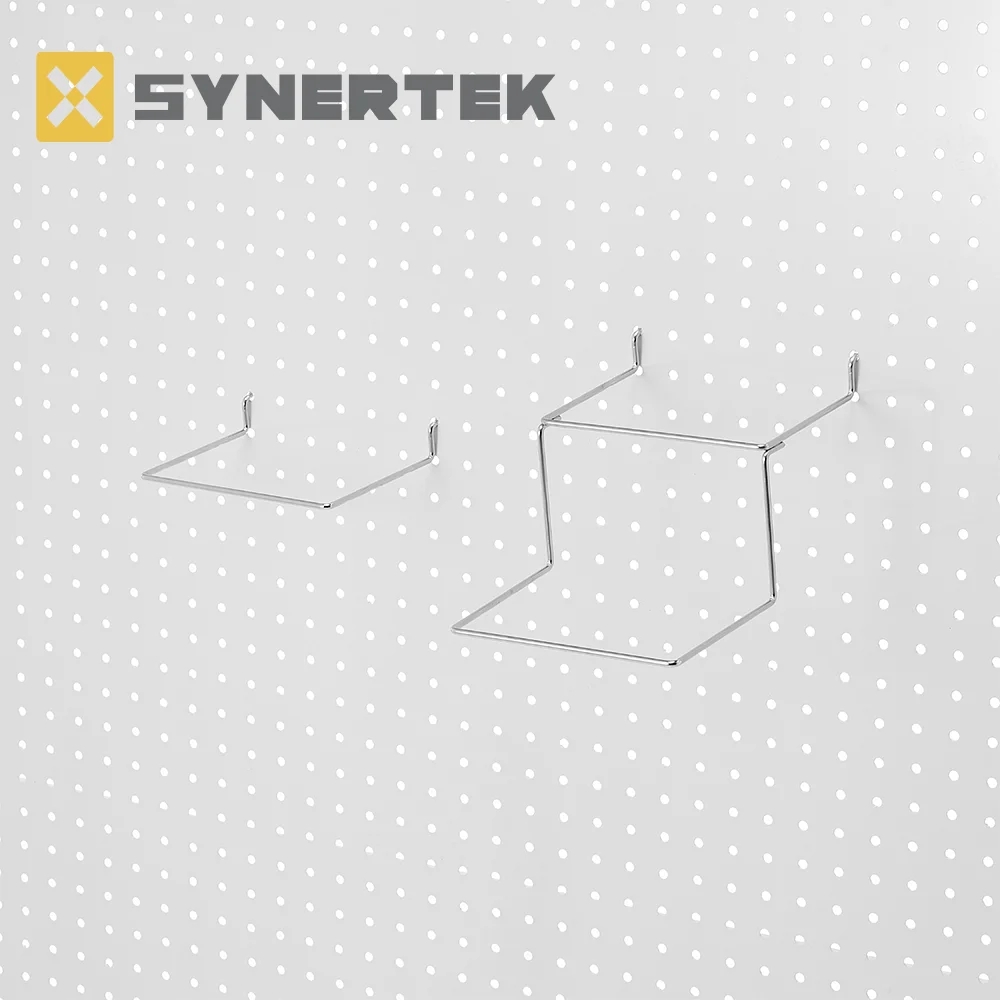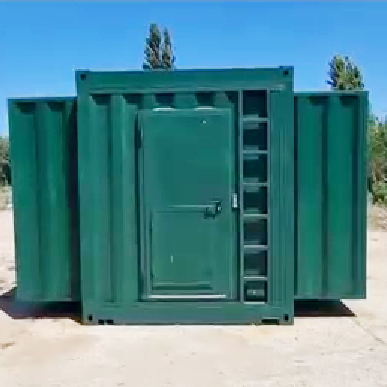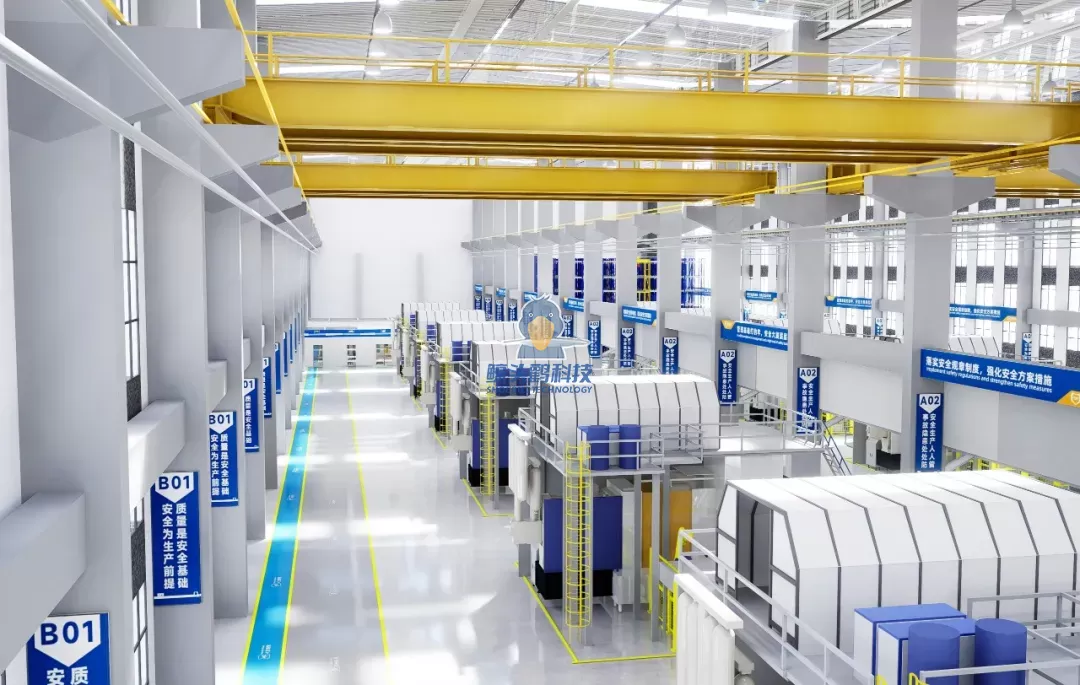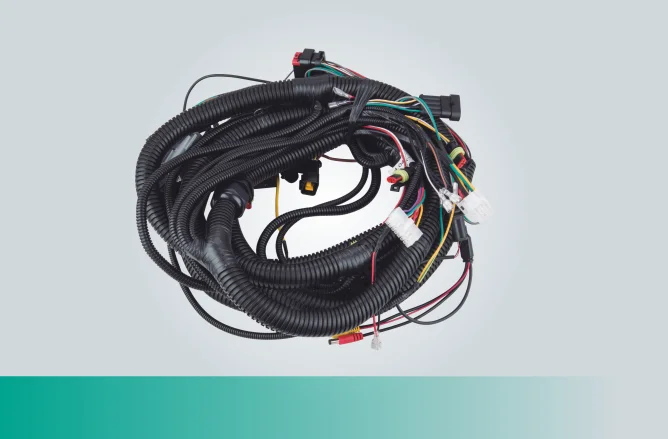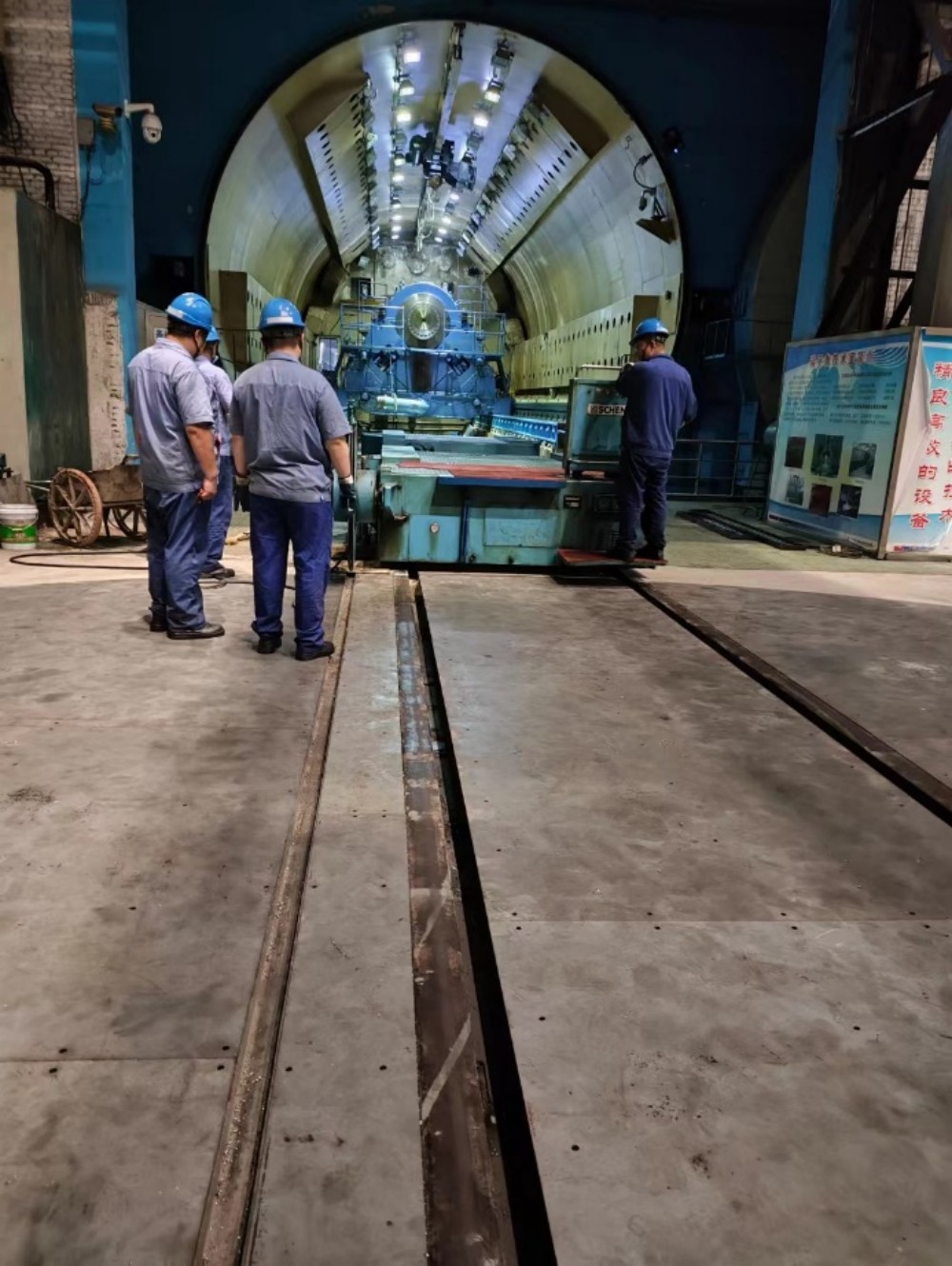Introduction
In environments where hygiene, cleanliness, and efficiency are paramount, even the smallest detail can make a difference. One such detail is how we manage footwear in controlled or clean environments such as hospitals, laboratories, food-processing facilities, and even modern households. For decades, manual disposable shoe covers have been the norm—workers, visitors, and patients would bend down to slip covers over their shoes before entering sensitive areas.
However, with growing awareness of infection control, workplace efficiency, and modern convenience, the Automatic Shoe Cover Wrapping Machine has emerged as a smarter, safer, and more reliable solution. Manufactured by Quen Technology, this device instantly wraps disposable covers around footwear without the need for hand contact, significantly reducing contamination risks while streamlining workflows.
In this blog, we’ll explore the differences between automatic and manual shoe cover usage, the challenges of traditional methods, and why investing in an automatic dispenser is a future-proof choice for hygiene-conscious spaces.
Manual Shoe Covers: The Traditional Approach
How Manual Covers Work
Manual disposable shoe covers are typically made from polypropylene or similar lightweight materials. They are inexpensive, come in bulk, and can be stretched to fit over most shoe sizes. To use them, individuals must bend down, place the cover over each shoe, and secure them by hand.
Challenges with Manual Covers
-
Hygiene Concerns: Handling covers with bare or gloved hands can reintroduce bacteria or contaminants to freshly cleaned shoes.
-
Time-Consuming: For high-traffic environments like hospitals or labs, the time taken by each person to bend down and apply shoe covers can add up quickly.
-
Risk of Accidents: People may lose balance while bending down, increasing the risk of slips, especially in elderly visitors or staff in a rush.
-
Single-Use Waste Mismanagement: With no proper dispensing system, shoe covers often end up scattered, wasted, or contaminated before use.
-
Labor Cost Implications: For organizations requiring thousands of covers per week, the inefficiency of manual handling translates into higher operational costs.
While manual covers are still widely used, they are becoming less practical in modern settings that demand both hygiene and speed.
Automatic Shoe Cover Wrapping Machines: A Smarter Alternative
How the Automatic Dispenser Works
The Automatic Shoe Cover Wrapping Machine by Quen Technology automates the entire process:
-
Users simply place their foot into the dispenser.
-
The machine instantly applies a disposable cover snugly around the shoe.
-
No bending, no touching, no contamination.
Key Features of Quen Technology’s Automatic Shoe Cover Wrapping Machine
-
Hygiene Without Contact – Since there’s no need for hand contact, cross-contamination is drastically reduced.
-
Fast & Convenient – The device covers shoes in seconds, reducing queues in high-traffic areas.
-
Compact & Durable Design – Built to last, it fits neatly in tight spaces without disrupting workflow.
-
Adjustable Sizing – Designed to fit different shoe sizes, from small footwear to large work boots.
-
High-Capacity Storage – Stores and dispenses a large number of covers, reducing the frequency of refills.
-
Energy-Efficient – Minimal standby power consumption ensures sustainability.
-
Easy Installation & Maintenance – Plug-and-play functionality makes it user-friendly.
